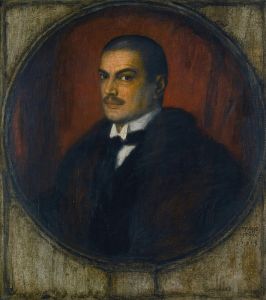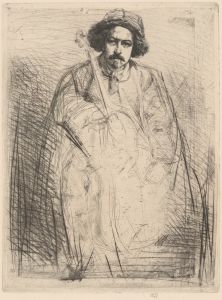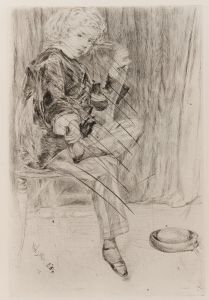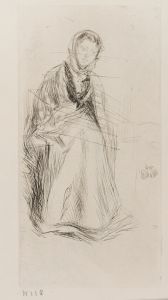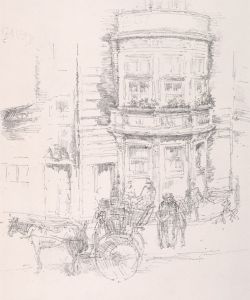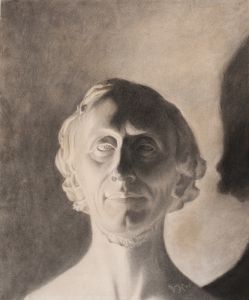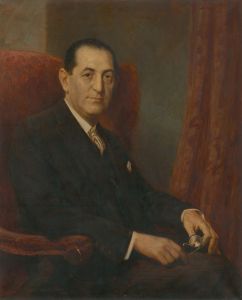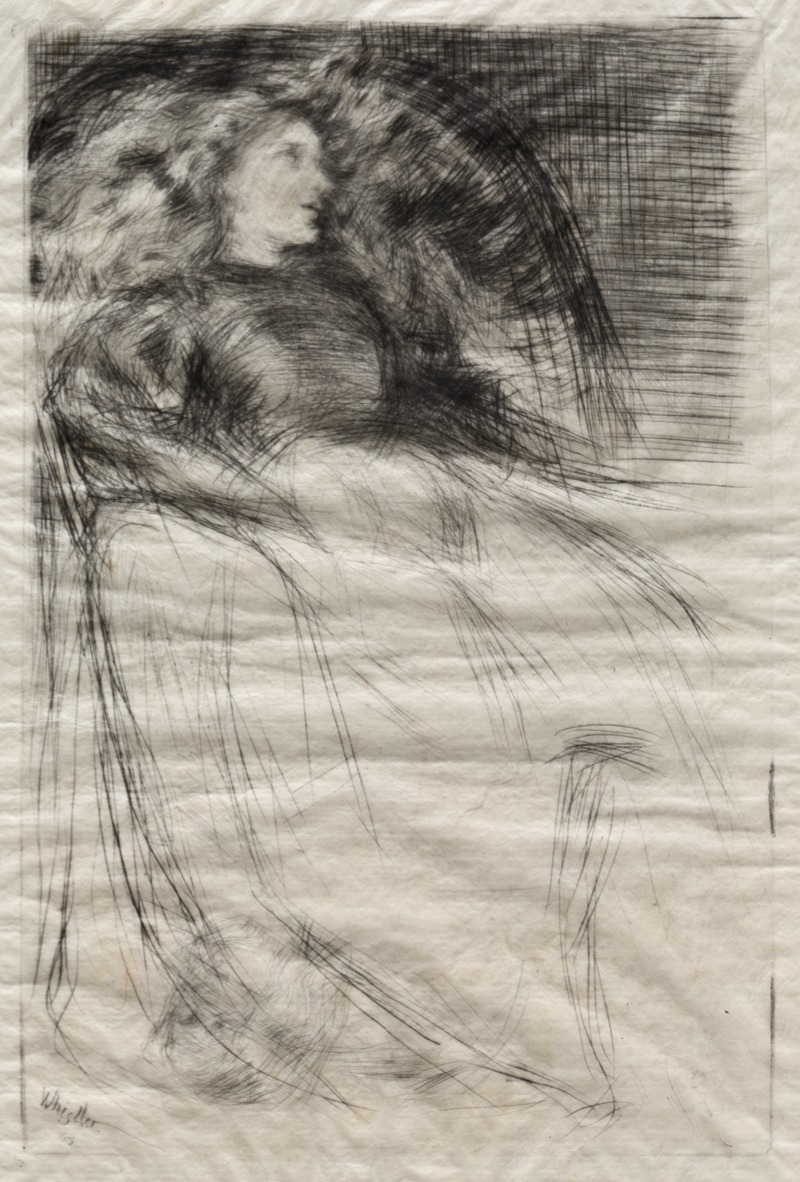
Walter Sickert
A hand-painted replica of James Abbott McNeill Whistler’s masterpiece Walter Sickert, meticulously crafted by professional artists to capture the true essence of the original. Each piece is created with museum-quality canvas and rare mineral pigments, carefully painted by experienced artists with delicate brushstrokes and rich, layered colors to perfectly recreate the texture of the original artwork. Unlike machine-printed reproductions, this hand-painted version brings the painting to life, infused with the artist’s emotions and skill in every stroke. Whether for personal collection or home decoration, it instantly elevates the artistic atmosphere of any space.
"Walter Sickert" is a portrait painted by the American-born artist James Abbott McNeill Whistler. Whistler, known for his distinctive style and significant contributions to the Aesthetic Movement, created this portrait around 1895. The subject of the painting, Walter Sickert, was a prominent British painter and printmaker who was heavily influenced by Whistler and later became a key figure in the transition from Impressionism to Modernism in British art.
James Abbott McNeill Whistler was born on July 11, 1834, in Lowell, Massachusetts, and spent much of his career in Europe, particularly in London and Paris. He is best known for his innovative approach to composition and his emphasis on the harmony of color and form, often described as "art for art's sake." Whistler's most famous work is "Arrangement in Grey and Black No.1," commonly known as "Whistler's Mother."
Walter Sickert, born on May 31, 1860, in Munich, Germany, moved to England with his family at a young age. He initially pursued a career in acting before turning to painting. Sickert became a student and assistant to Whistler in the late 1870s, and the two artists developed a close professional relationship. Sickert's work was deeply influenced by Whistler's techniques and aesthetic principles, which is evident in his use of tonal variation and atmospheric effects.
The portrait "Walter Sickert" by Whistler captures the essence of Sickert's character and presence. Whistler's technique in this painting reflects his mastery of subtle tonalities and his ability to convey depth and personality through minimalistic means. The portrait is executed with a limited color palette, focusing on muted tones that emphasize the sitter's contemplative expression and the delicate interplay of light and shadow.
Whistler's portrayal of Sickert is both intimate and respectful, highlighting the mutual admiration and influence between the two artists. The painting is a testament to their artistic connection and Whistler's skill in capturing the individuality of his subjects. The precise date of the painting is not definitively documented, but it is generally believed to have been created around 1895, during a period when both artists were active in London.
The portrait is part of a larger body of work by Whistler that includes numerous portraits of friends, family, and fellow artists. These works are characterized by their refined elegance and the artist's keen eye for detail. Whistler's portraits often convey a sense of introspection and quiet dignity, qualities that are evident in his depiction of Sickert.
"Walter Sickert" by James Abbott McNeill Whistler is an important piece that not only showcases Whistler's artistic prowess but also provides insight into the relationship between two significant figures in the art world of the late 19th and early 20th centuries. The painting remains a valuable part of Whistler's oeuvre and continues to be appreciated for its artistic and historical significance.






